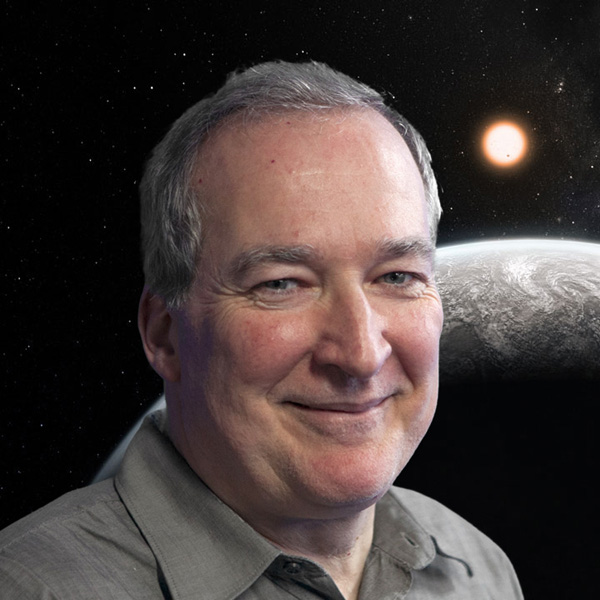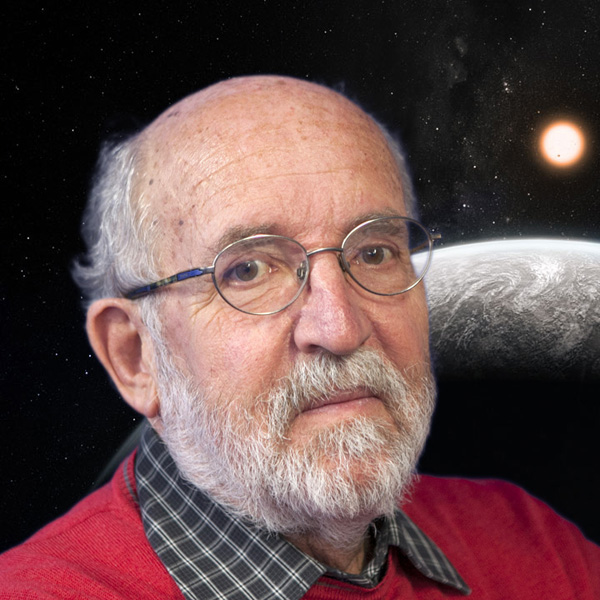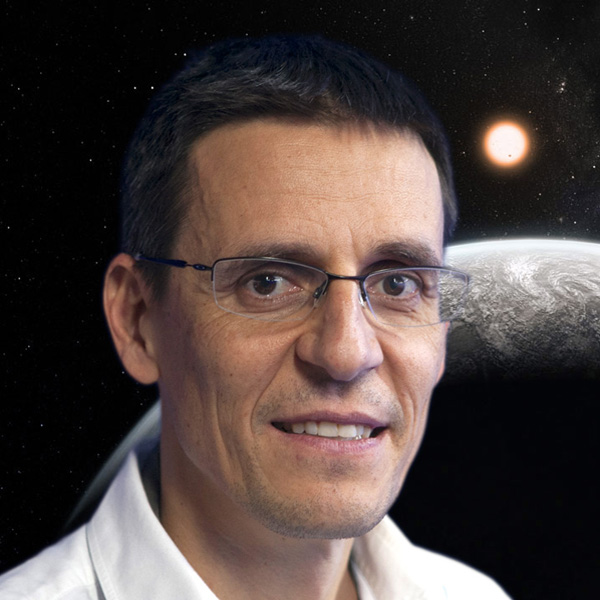- Level Professional
- Duration 16 hours
- Course by University of Geneva
-
Offered by

About
In this MOOC, you will have the opportunity to practice several methods of detection and characterisation of exoplanets. You will discover their statistical properties and the current state of knowledge we have in this very recent field of research. You will also understand the limitations and biases of the different detection techniques. At the end of this MOOC, you will have a good general understanding of the methods of detection and characterisation of exoplanets and their atmosphere. You will also have a basic understanding of spectroscopy and light curve analysis. All this knowledge will help you to participate in and understand citizen science projects. The original version of the MOOC dates from 2014 and some of the content has been updated in 2020 to take into account the progress of research in the field.Modules
History and context
4
Videos
- MOOC Trailer
- Introduction by Michel Mayor
- General introduction - Part 1
- General introduction - Part 2
1
Readings
- 📢 Important preliminary information: Evaluations and subtitles
Discovering Kepler's laws
2
Videos
- Kepler’s laws
- Kepler’s 3rd law
Stellar formation and disks
3
Videos
- [Planet &] Stellar Formation
- Protoplanetary disks - Part 1
- Protoplanetary disks - Part 2
Planet formation
1
Assignment
- Quiz 1
1
Videos
- Planet formation
1
Readings
- Slides of module 1
Orbital characterisation of systems
3
Videos
- Introduction by Michel Mayor
- From Kepler Equations to planets detection - Part 1
- From Kepler Equations to planets detection - Part 2
Indirect detection techniques
3
Videos
- Radial velocities - Part 1
- Radial velocities - Part 2
- Astrometry
Direct detection technique
1
Assignment
- Quiz 2
1
Videos
- Direct imaging technique
1
Readings
- Slides of module 2
The power of transit
4
Videos
- Introduction by Michel Mayor
- How does it look?
- Description of a transit - A qualitative perspective
- Description of a transit - Quantitative aspects
What do transits teach us?
2
Videos
- Physical parameters of transiting system
- From transit candidats to transiting planets
Transit surveys and results
2
Videos
- Two transit search experiments
- Outlook of results
Light curve analysis and citizen science
2
Videos
- Light Curve inspection and analysis
- Citizen science for exoplanets detection
1
Readings
- Where to do citizen science?
Update on transit surveys, results and future projects
1
Assignment
- Quiz 3
2
Videos
- Transiting exoplanets properties
- Space missions
1
Readings
- Slides of module 3
Exoplanet occurrences: first results
3
Videos
- Introduction by Michel Mayor
- Early results on the occurrence of extra-solar planets - Part 1
- Early results on the occurrence of extra-solar planets - Part 2
The zoo of planetary systems
3
Videos
- The variety of systems
- Distribution, mass, separation - From RV Technique
- Distribution, mass, separation - From Transit Technique - Part 1
Mass, metallicity and semi-major axis distribution
1
Assignment
- Quiz 4
2
Videos
- Mass-radius relation
- Observation vs Theory
1
Readings
- Slides of module 4
Orbital characteristics and architecture of systems
3
Videos
- Introduction by Michel Mayor
- Effect of the central star mass
- Orbital eccentricity
Dynamics of multi-planet systems
3
Videos
- Dynamics of multi-planet systems - Newtonian modeling
- Dynamics of multi-planet systems - Analytical approach
- Dynamics of multi-planet systems - Bodily tides
Properties of multiple-body systems
1
Assignment
- Quiz 5
2
Videos
- Properties of multi-planet systems
- Transit Timing Variations - (Multiple-body systems)
1
Readings
- Slides of module 5
Observational approach to planetary atmospheres
5
Videos
- Introduction by Michel Mayor
- From bulk composition to atmospheric properties
- Basics of atmospheric physics: interpreting emergent spectra
- Basics of atmospheric physics: chemical composition
- Basics of atmospheric physics: pressure-temperature profile
How to distinguish the spectrum of the planet from the one of the star ?
3
Videos
- Observational strategies: how to separate star and planet spectra
- Transmission spectroscopy - Part I
- Transmission spectroscopy - Part II
Thermal emission and reflection
3
Videos
- Thermal emission - Part I
- Thermal emission - Part II
- Reflected light
Future prospects and perspectives
1
Assignment
- Quiz 6
1
Videos
- Future prospects
1
Readings
- Slides of module 6
Water and molecules in the exoplanetary atmospheres
3
Videos
- Introduction & signs of water
- Aerosols
- The power of high spectral resolution
From tropospheres to exospheres
3
Videos
- Stratospheres
- Thermospheres
- Exospheres
Future prospects on exoplanetary atmospheres
1
Assignment
- Quiz 7
2
Videos
- Perspectives
- Thank you for following us !
1
Readings
- Slides of module 7
Auto Summary
Explore the fascinating field of exoplanets in this professional-level MOOC from Coursera. Led by expert instructors, you'll practice detection and characterization methods, understand statistical properties, and learn spectroscopy and light curve analysis. Ideal for science enthusiasts, this 960-minute course offers updated content and prepares you for citizen science projects. Available with a Starter subscription.

Stéphane Udry

Michel Mayor

Didier Queloz

Francesco Pepe

Christophe Lovis

Damien Ségransan

François Bouchy

David Ehrenreich

Maxime Marmier


